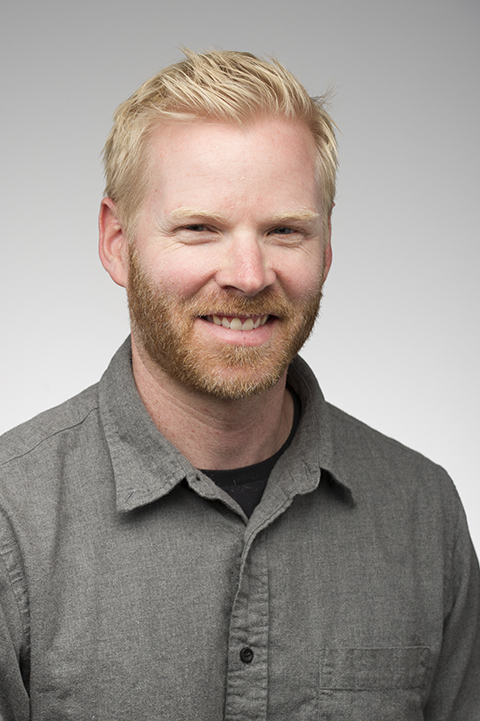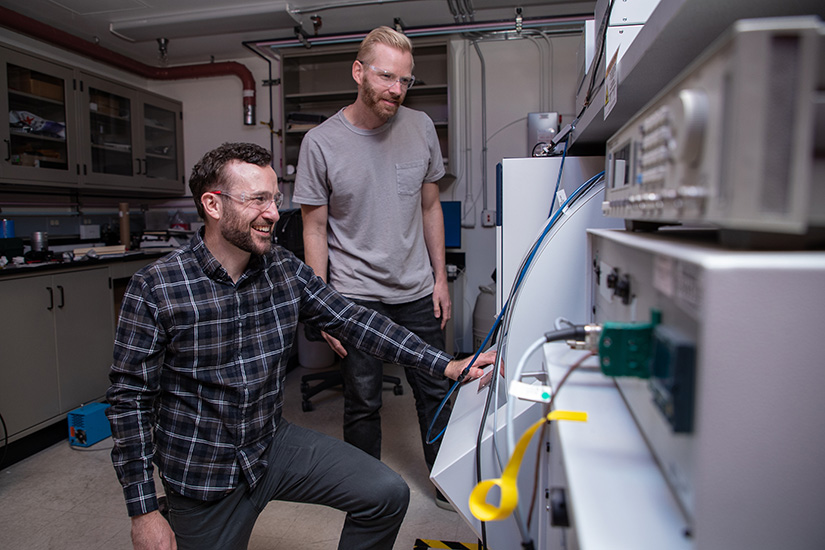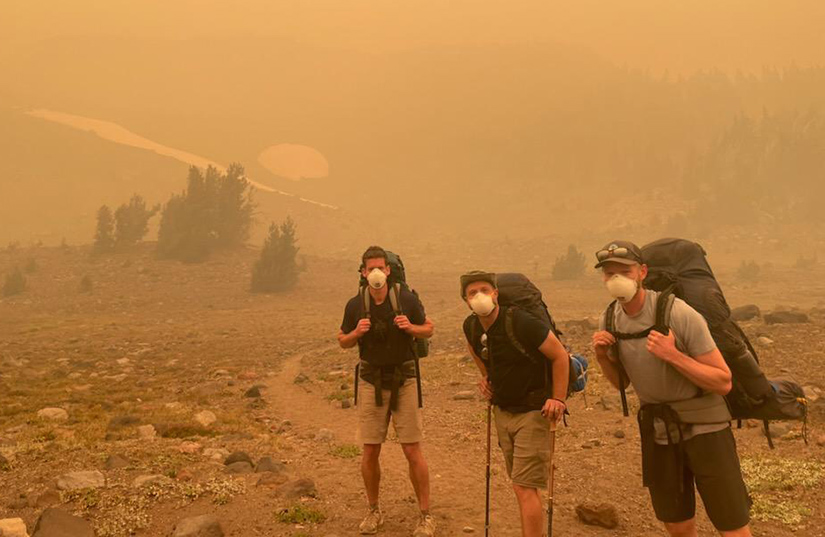Distinguished Researcher Justin Johnson Is Attuned to Nature and Global Change
Justin Johnson is attuned to his natural surroundings—and his scientific career path reflects that awareness.
Growing up in Yankton, South Dakota, the future National Renewable Energy Laboratory (NREL) Distinguished Researcher enjoyed stargazing through a telescope. “South Dakota has pretty dark skies,” Johnson said, making his hometown ideal for such celestial viewing. This early interest in astronomy fed a curiosity about physics, he said, adding, “During the summer break I would borrow books from the library in physics and astronomy.”

Later, climate impacted development again. It was because of the climate—specifically the frigid Minnesota Januarys—that he embraced the study of chemistry—at least nudging him a bit. That is because the subzero winters enabled him to end up with a one-on-one tutorial in nuclear chemistry as a freshman at Macalester College in St. Paul. “Only two of us signed up for the class, because nobody wanted to voluntarily stay on campus in January to learn chemistry,” he laughed. “After one week, the other student dropped out, so it was just me and the department chair.”
A trip to see a nuclear reactor, among other insights into applied chemistry, inspired Johnson to explore the subject of nuclear chemistry and think deeply about some of the other related fields, including physical chemistry.
After graduating from the University of California Berkeley with a Ph.D. in chemistry, he continued to expand his physical chemistry research world—and came across the research of NREL’s Art Nozik just as there was a revival in research about singlet fission. Defined as a “spin-allowed process unique to molecular photophysics,” this phenomenon involves one singlet excited state converted into two triplet states, potentially doubling photocurrent if harvested efficiently. The field began in the 1960s but died out after about a decade—in part because the tools available then were too imprecise.
“I contacted Art for a postdoc, and he said, ‘I have this interesting idea,’” Johnson recalled. Nozik had expanded the knowledge base around quantum dots, and saw potential elsewhere.

Johnson arrived at NREL in 2005, eager to delve more deeply into this intriguing singlet fission world. The young scientist was among those authoring several papers examining the potential for solar energy harvesting, including one in 2006. Further, he helped launch a workshop on the topic, which has now convened 10 times in the past 15 years, bringing researchers and thinkers from around the world together.
As a result, he is considered a leader in the field of next-generation solar photoconversion processes, including those based on multiexcitonic effects in both molecular chromophores and semiconductor nanocrystals. But he will not be pigeonholed.
He splits time between nanoscience and molecular tech research. “They seem different, and have different languages,” he said. “I’ve enjoyed both sides and an opportunity to join those two perspectives at some point.”
That inventive ability is one reason he is seen as a leader, following in Nozik’s footsteps. NREL is an ideal place for this path. “We make solar cells,” he said—but there was more. “We could imagine integrating these types of molecules into different types of solar cell architectures that maybe others hadn’t thought of before.”
His team has had some success in fashioning dye-sensitized solar cells, but it has been the understanding of the foundational principles of singlet fission that has opened up his research into new areas, including the next generation of materials and systems for energy-efficient computing and electronics.
Yet the awareness of nature—and climate change—has also affected his journey.
One passion of his is backpacking, and each year since 2003, he and some friends from graduate school organize an annual weeklong backpacking trip. They have noticed that during the past six or seven years, the threat of wildfires has impacted their experience.
Last September, the group embarked on a trip in Oregon. “When we started our trip, we knew that there were wildfires in the area, but none of them were threatening our planned route,” he said. The group set up camp in view of a lake and mountain. “When we woke up, we were shrouded in smoke. We couldn’t see the mountain across the lake, which was why we were there.” They tried forging ahead but got to a point where the air was so bad that they had to put on N95 masks and rush out of the area.

“It does affect some of the [research] things we’re proposing to do,” Johnson said. Their research trajectory changed about a decade ago when the drive to push PV efficiency higher for large-scale power production was eroded by the relatively sudden lower cost of silicon solar cells. Johnson said that was “a good thing in the end,” but it also meant there was not an appetite for a brand-new solar technology to hit the market. After all, basic silicon solar technology was doing the job as far as getting us to cheap solar electricity.
Now, he is looking at storage and carbon capture. “Photocatalysis and gas storage became new topics for us to turn toward,” Johnson said. “We thought really hard about how we can use those electrons not to produce electricity right away but to yield chemical products, which are energy-dense and can be transported and stored long term.”
He has stayed aware of the natural world and its impact on him and others. That translates to the lab. “We have a different perspective on a lot of the things. We just have to be a little creative and turn things inside out,” he said, “because of changing global priorities.” And just as he and his friends now must have a Plan B backpacking every year, so too will he stay alert to ways in which his research can reflect issues of the natural world around him.
Johnson was one of seven NREL staff to receive the Distinguished Member of Research Staff (DMRS) designation in 2023. He was recognized for “being an international leader in next-generation solar photoconversion, spectroscopic technique development, and novel materials and approaches for information processing, as well as outstanding mentorship.”
The DMRS designation is intended to provide greater recognition to NREL researchers. It should also position individuals to work in more strategic and technical leadership roles, with continued expectations for their contributions to further enhance NREL's reputation and mission objectives.
Last Updated May 28, 2025
